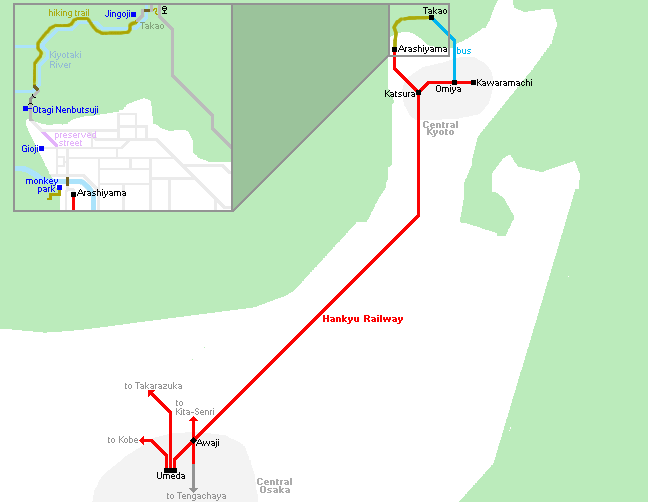Arashiyama is among the most celebrated areas of Kyoto, attracting tens of thousands of tourists every year to its stunning nature spots, atmospheric traditional townscape and serene temples. Not far from this tourist hotspot lies the lesser known town of Takao. This tranquil hamlet, tucked away in a neighboring valley and consisting of little more than a few temples and a quaint main street, is situated in a remarkable natural setting and stands in stark contrast to the bustling streets of Arashiyama.
Good news for tourists is that the two towns can be hiked between via a trail that follows the picturesque Kiyotaki River as it winds through stunning countryside. The trek takes around two hours at a leisurely pace, makes for a great way to appreciate this part of the ancient city, and makes for an ideal day trip for those staying in Osaka. With all this on offer on the doorstep of western Japan's largest urban area, I was keen to experience this hike for myself and also take in some attractions at either end of it.
From Umeda Station in central Osaka, I took a limited express train on the Hankyu Kyoto Line to Katsura, where I transferred to a local train to reach Arashiyama. I arrived relatively early in order to beat the crowds, and after leaving the station made my way to the first spot of the day just a short walk away, Monkey Park Iwatayama.
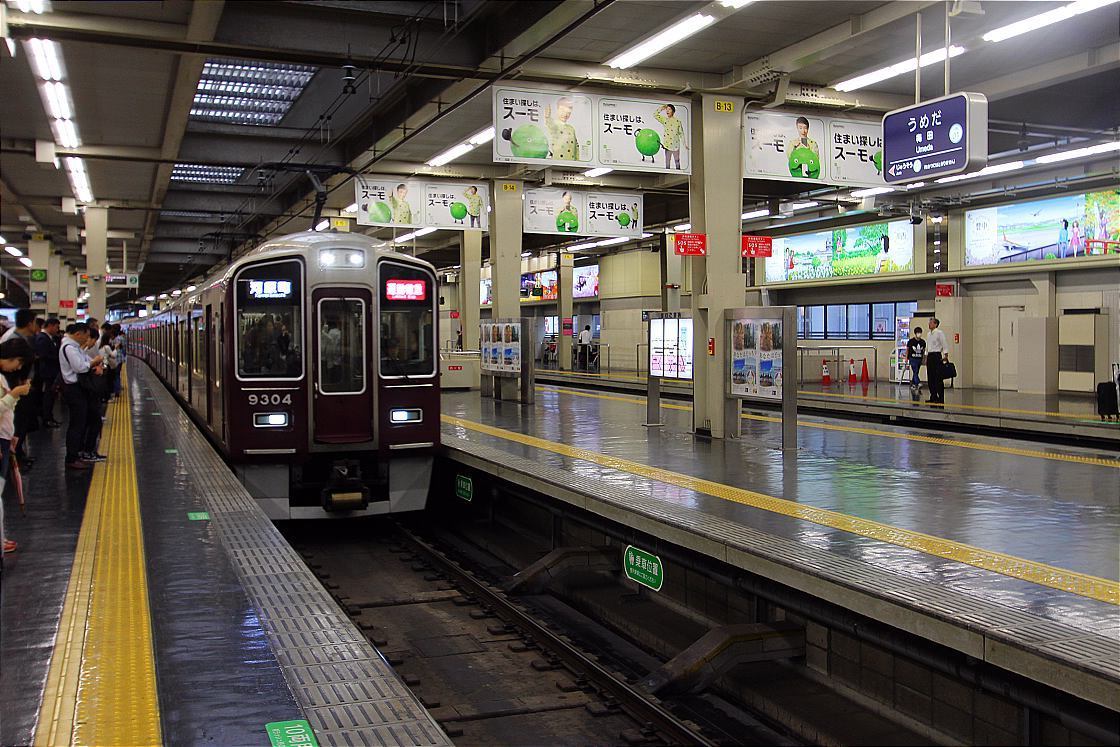
The park's main area is reached following an approximately 15 minute uphill hike from the entrance, and after this short hike I was pleased to be rewarded with views of dozens of monkeys roaming freely about the place, some carrying their young and sheltering them from the morning's intermittent rain showers.
While it is not permitted to give the monkeys food from outside, portions of food can be purchased inside the monkey park which are to be fed to the monkeys from behind a chain-link fence from inside the area's rest house. Strolling around the park gave me a rare chance to get up close to these beautiful animals, and I recommend this monkey park for any primate-partial travelers to Arashiyama.

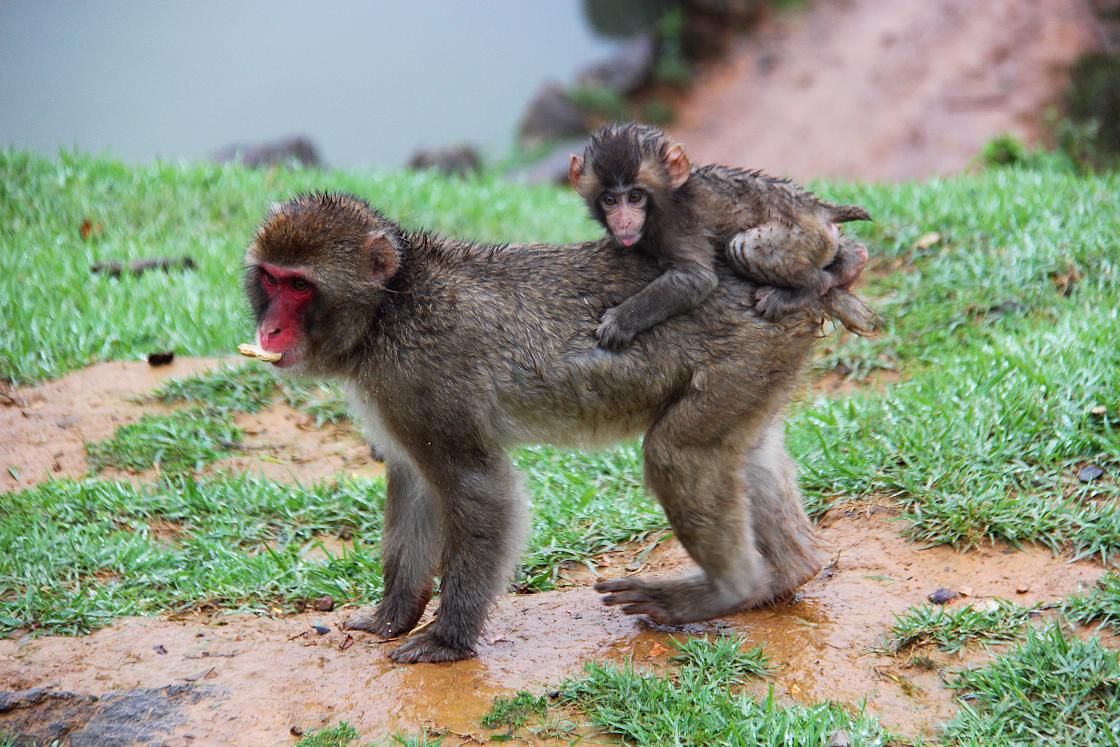
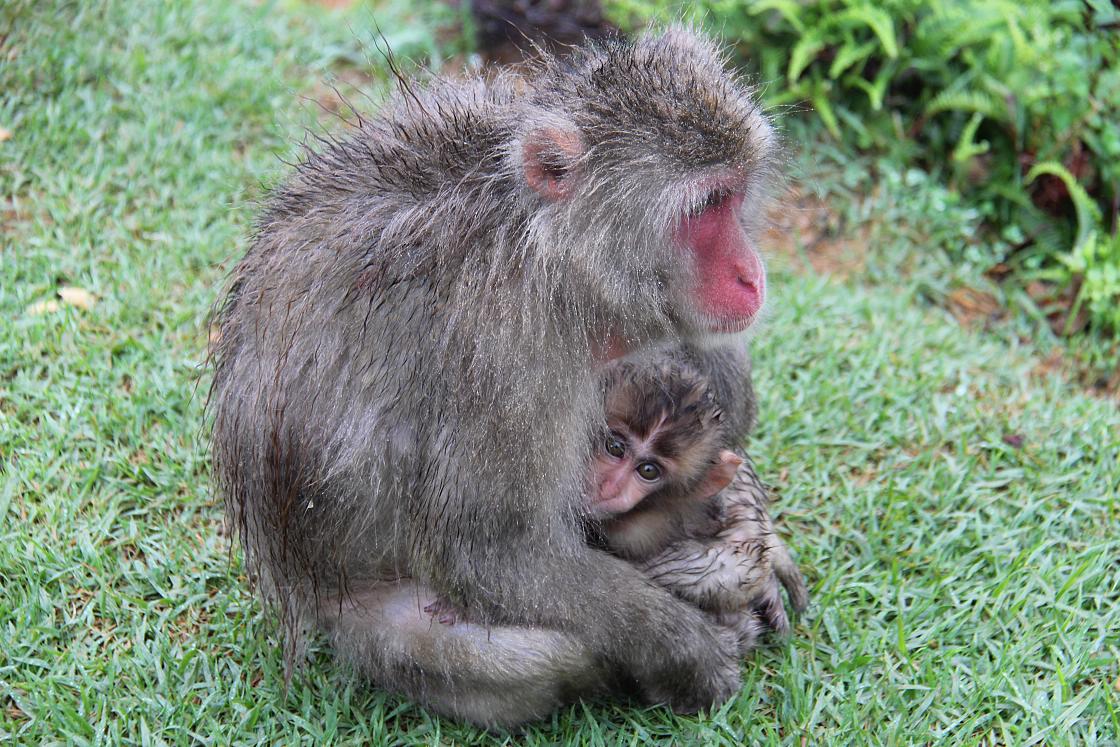
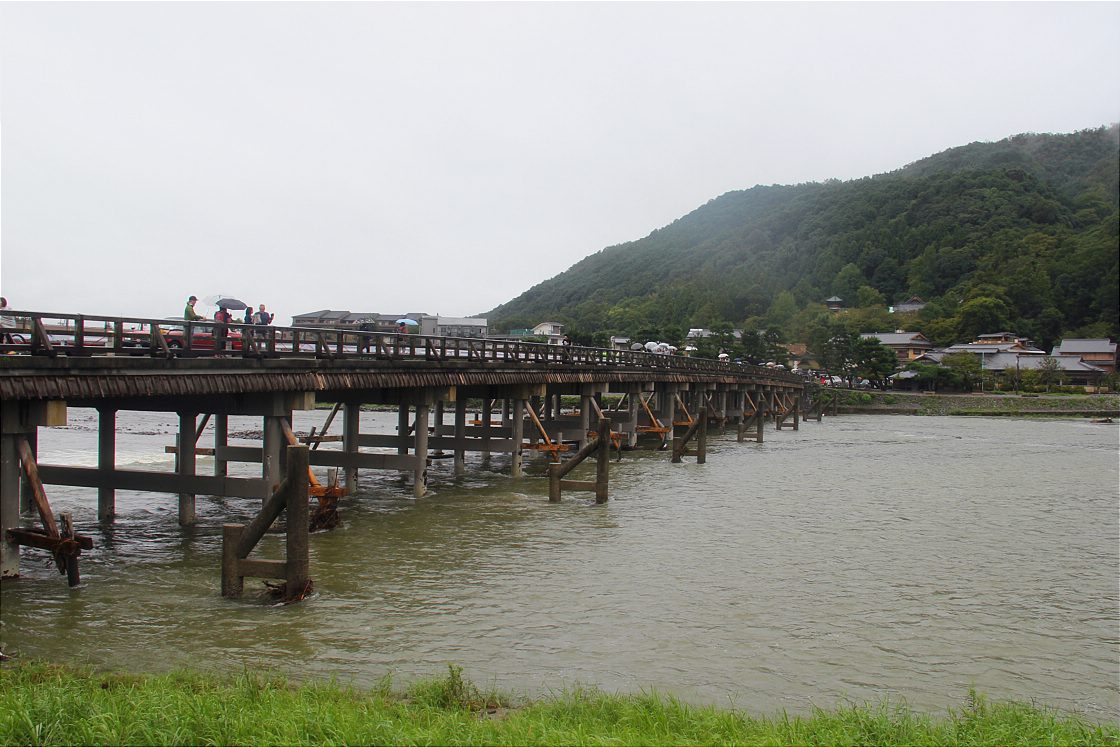
It was now time to make my way across town to Gioji Temple. This scenic temple is well-known for its moss garden that visitors can walk around and get great views of from different angles. On my visit the morning's rain showers hadn't yet let up, but this made for a magical atmosphere, with mist rising from the ground and the moss shimmering an almost luminescent green. At the side of the moss garden stands the temple's main hall, which interestingly has a thatched roof and compliments the moss and the atmosphere perfectly.
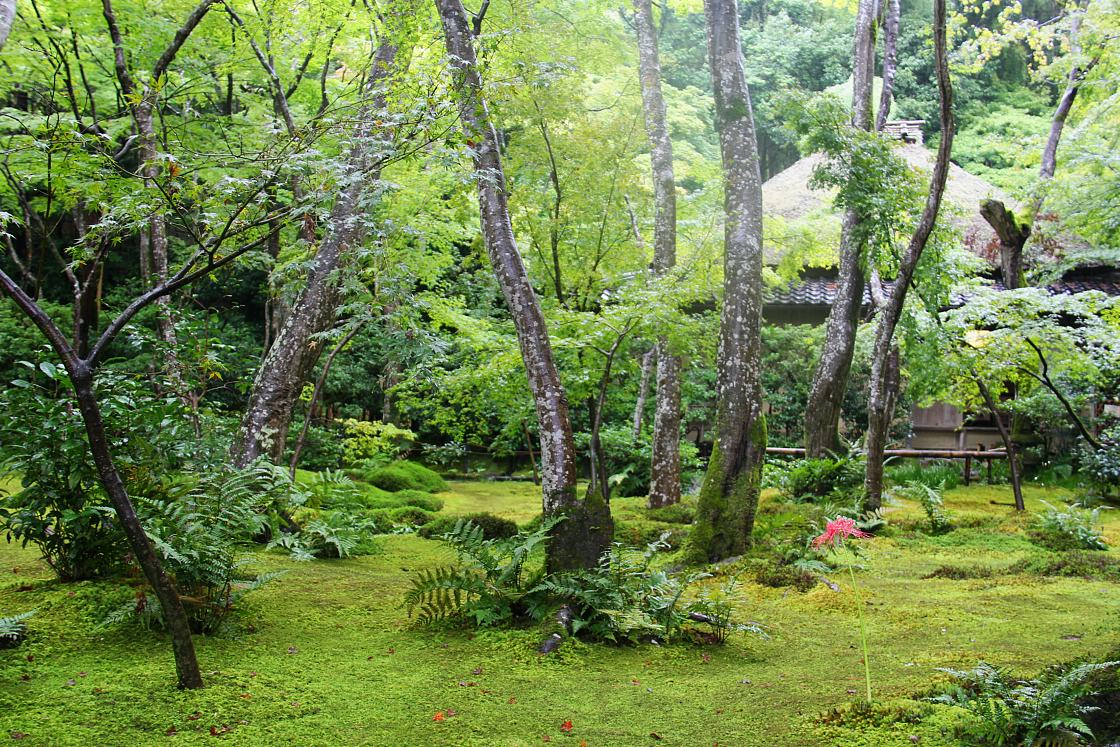
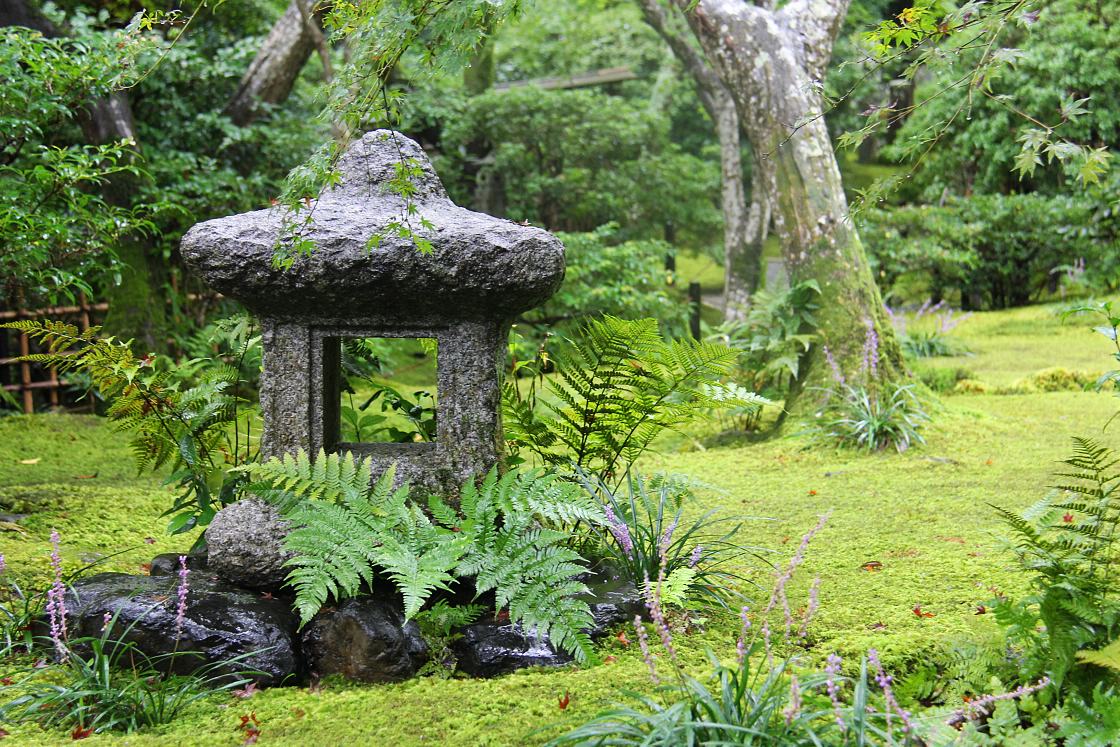

After admiring the moss at Gioji I walked towards Otagi Nenbutsuji Temple, and on the way I found myself strolling along the Saga-Toriimoto Preserved Street. This street, which has been well-preserved in the style of the Meiji Period (1868-1912), contains a wealth of beautiful old-style buildings that house a selection of restaurants, cafes, tea houses and souvenir shops. Enjoying the traditional ambience, I moved out of the town and towards nature.
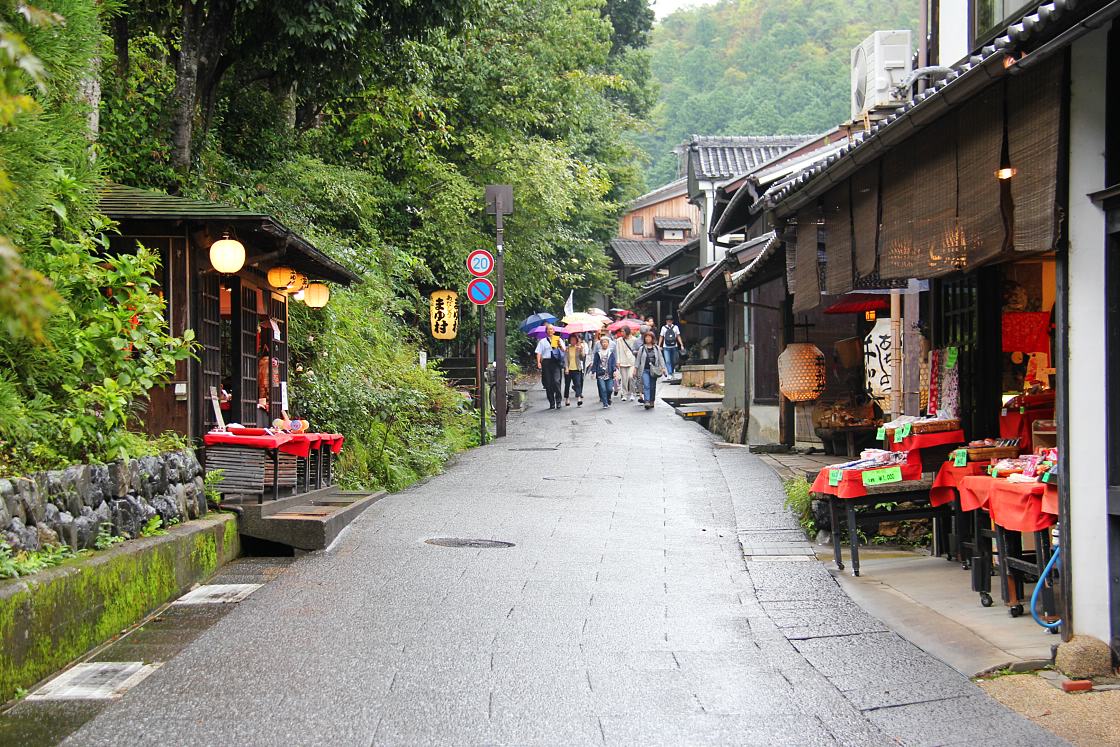
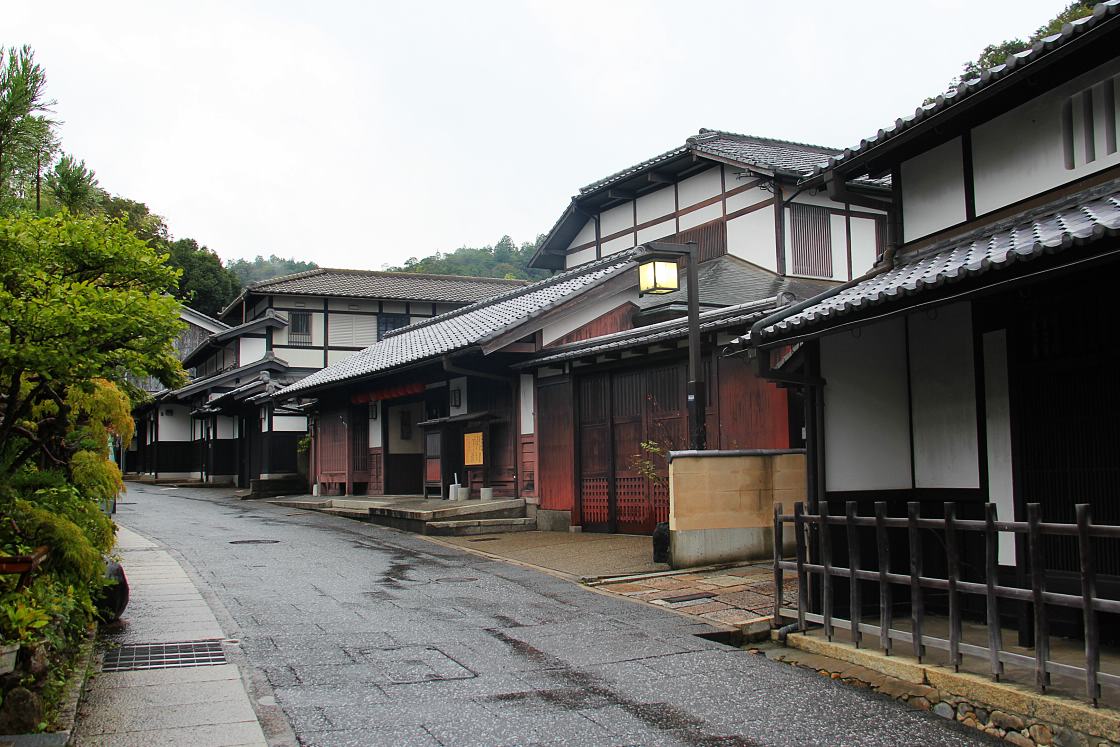
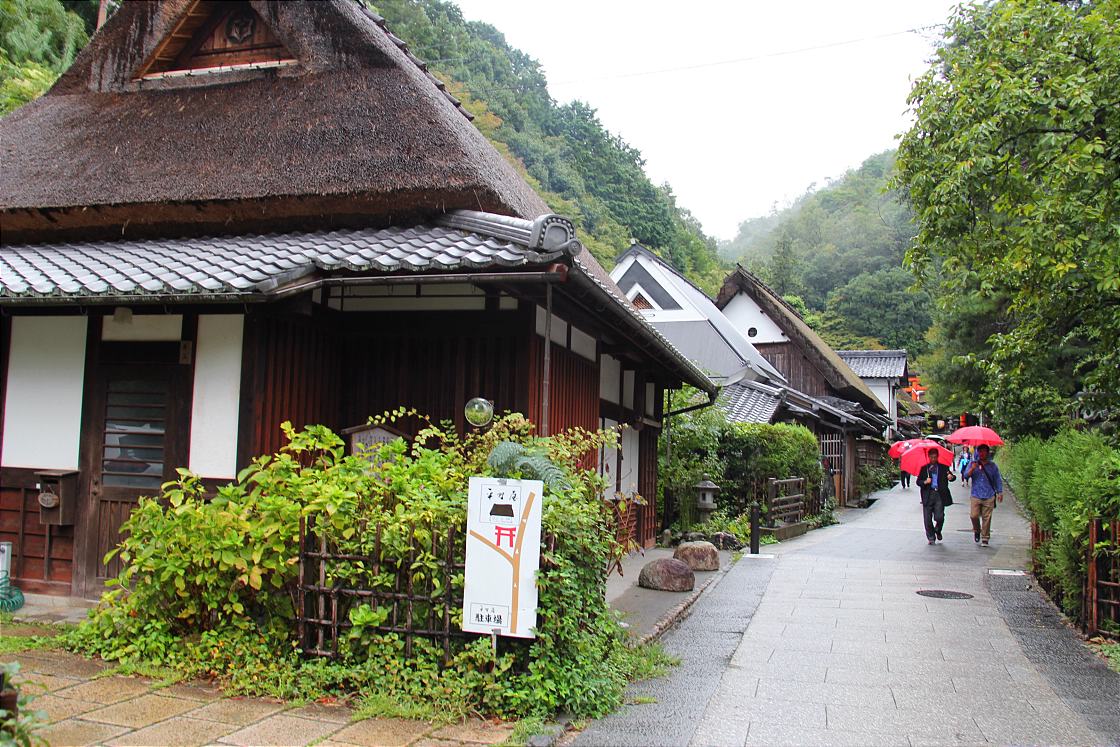
I eventually arrived at Otagi Nenbutsuji Temple, a relatively small complex that is less-known than some of the larger temples closer towards central Arashiyama. All the same, this temple is well worth a visit and is home to some 1200 small stone statues that depict disciples of Buddha (rakan) and are spread out over the hillside. The temple has a history of over 1000 years, but the statues were added relatively recently as part of major refurbishments in the 1980s and 1990s.
Strolling around the peaceful complex today, visitors can examine the statues to find that each bears a unique facial expression, and I found it fun in doing just that, all the while glad that the morning's showers had finally subsided. After bidding farewell to the last of the rakan statues, I left the temple and began the defining part of my day's journey by hiking over to Takao.
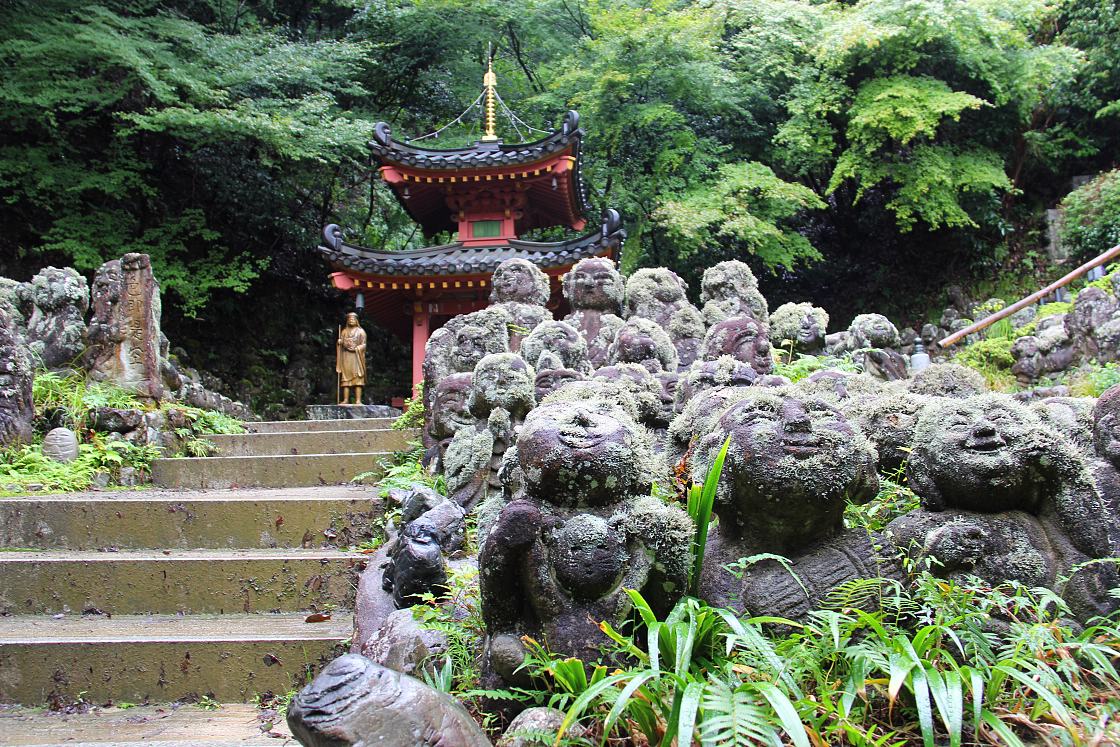
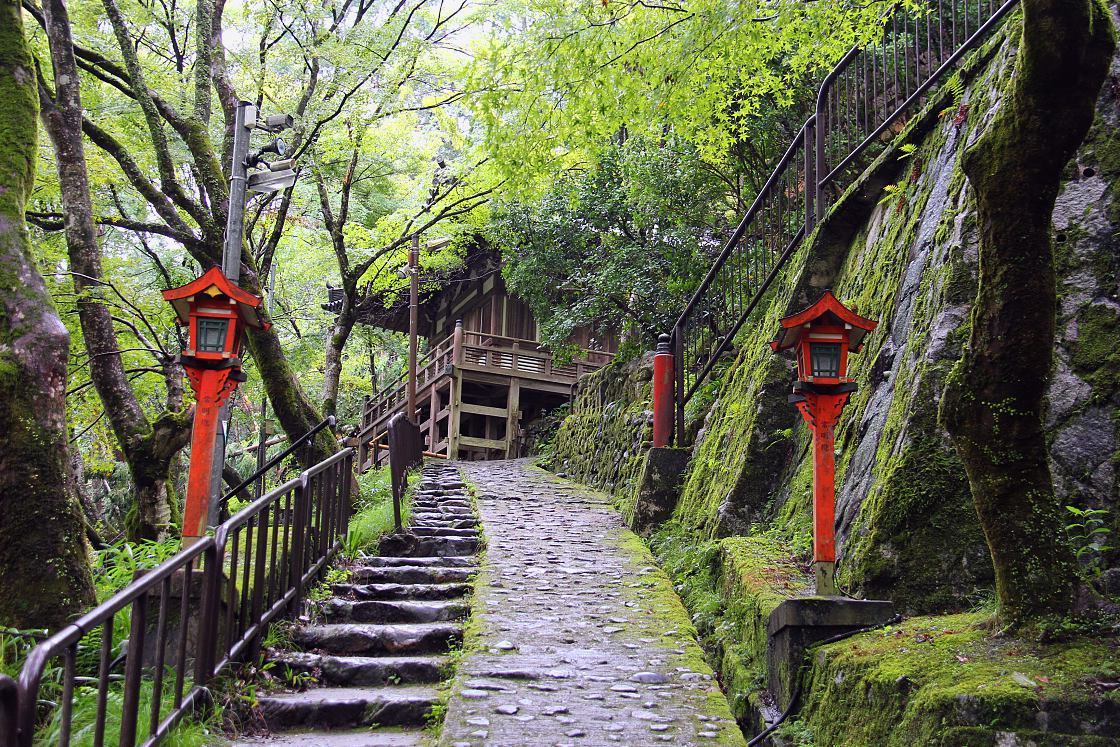

I met the trailhead of the hiking path towards Takao around ten minute's walk from Otagi Nenbutsuji, after walking through a tunnel and down a hill to arrive by the Kiyotaki River. From here I began the approximately 3.5 kilometer hike through the beautiful Kyoto wilderness. It is worth noting that, while the hike is mostly flat and gentle, there are some rocky areas that require additional care and even some scrambling, and accordingly appropriate footwear is required.
For those that overcome these challenges however, the views along the trail are breathtaking as the river flows through the lush valley and stone walls rise from the ground on seemingly all sides.
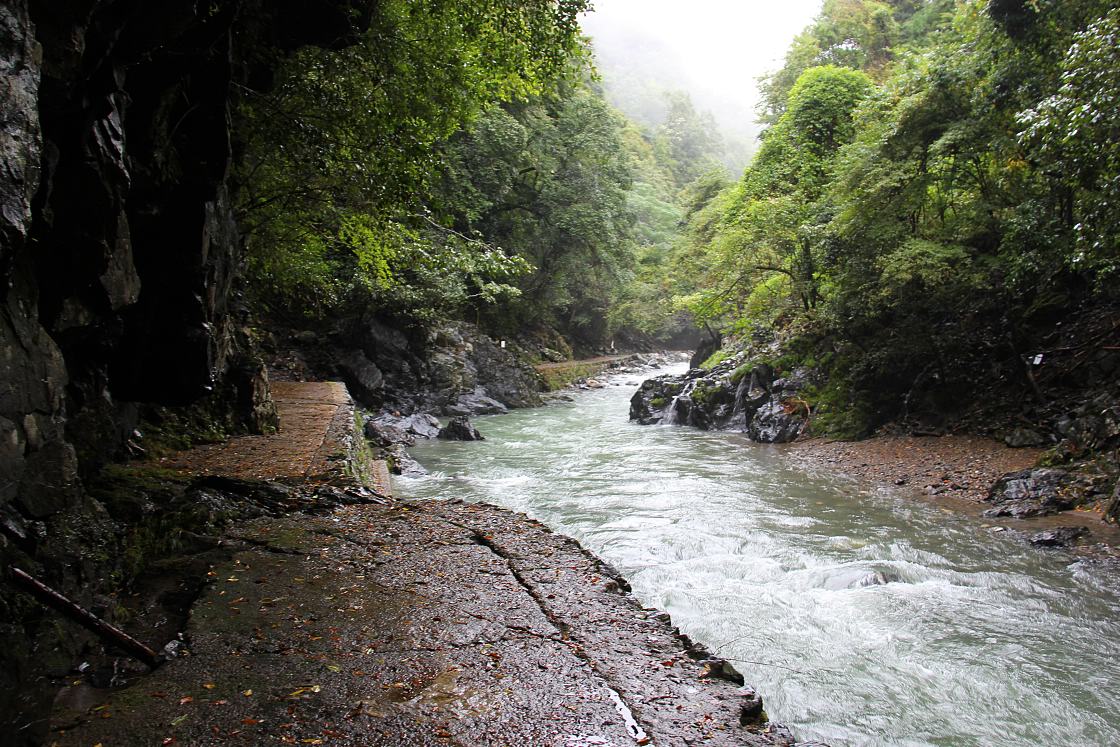
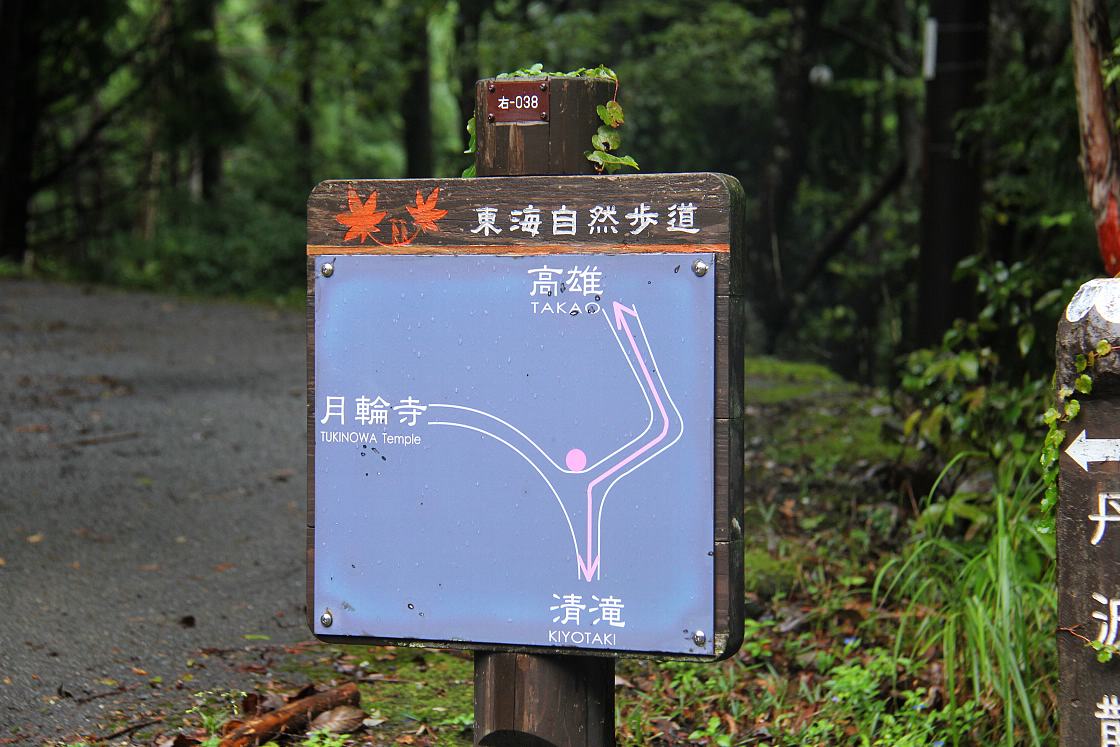
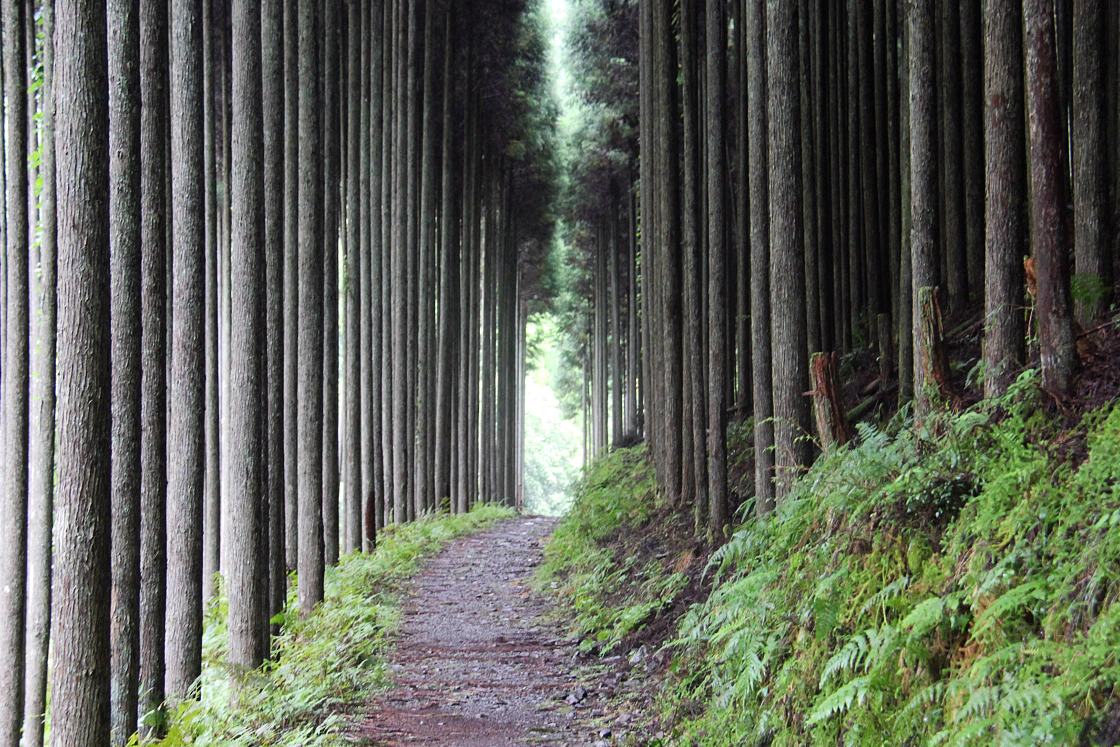
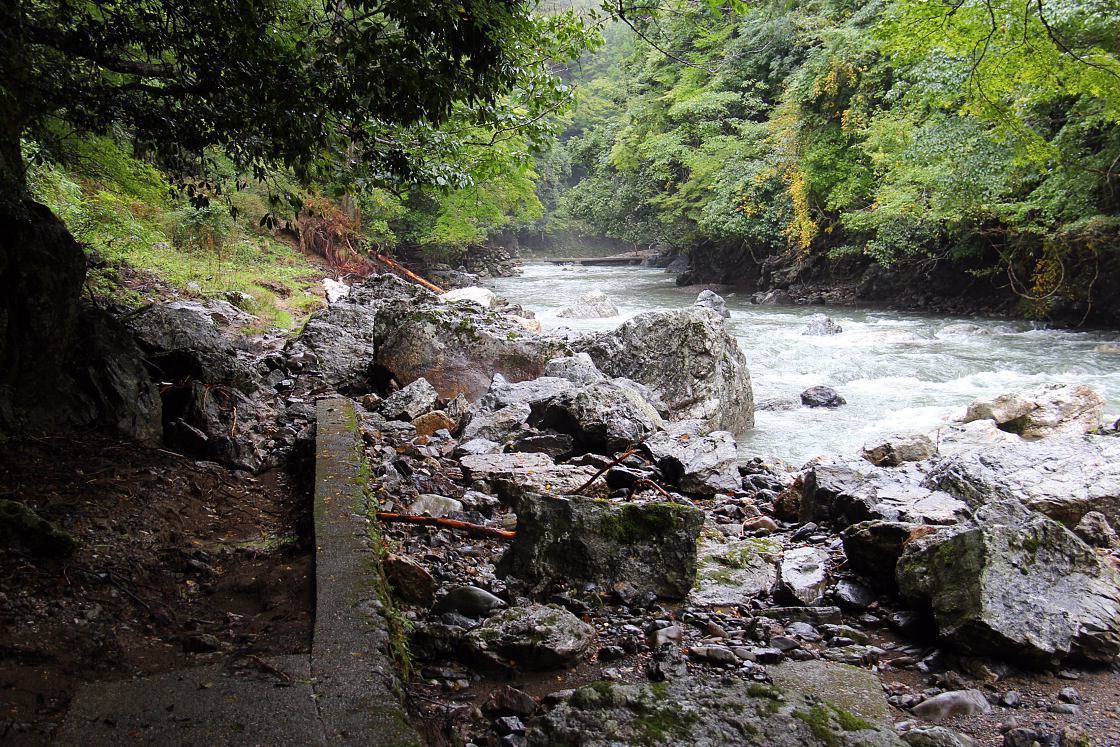
After two hours of strolling along the riverside trail and admiring the scenery, the road suddenly opened up into a small townscape to signal my arrival in Takao. The main street of Takao houses a few restaurants, some of which overlook the river, and a hotel, but for now I was primarily interested in seeing the district's most visited attraction, Jingoji Temple.
Jingoji came to be as the result of the merging of two temples in the 9th century. One of these temples, Takaosanji, played a role in the foundation of Shingon Buddhism, being a place where its founder and important figure in Japanese history, Kobo Daishi, came to convey his teachings. From Takao's main street I made the ten minute uphill walk before finally reaching the temple's impressive front gate, which bears down imposingly on visitors.
Upon entering the temple, I sauntered around the lush grounds and admired some of the old buildings as I went along. I then made my way to the back of the grounds, where visitors can partake in an interesting practice. The temple's grounds overlook a deep valley, and from this lookout point visitors can throw clay discs for good luck. I purchased my discs and began hurling, watching them fly out and down into the greenery.
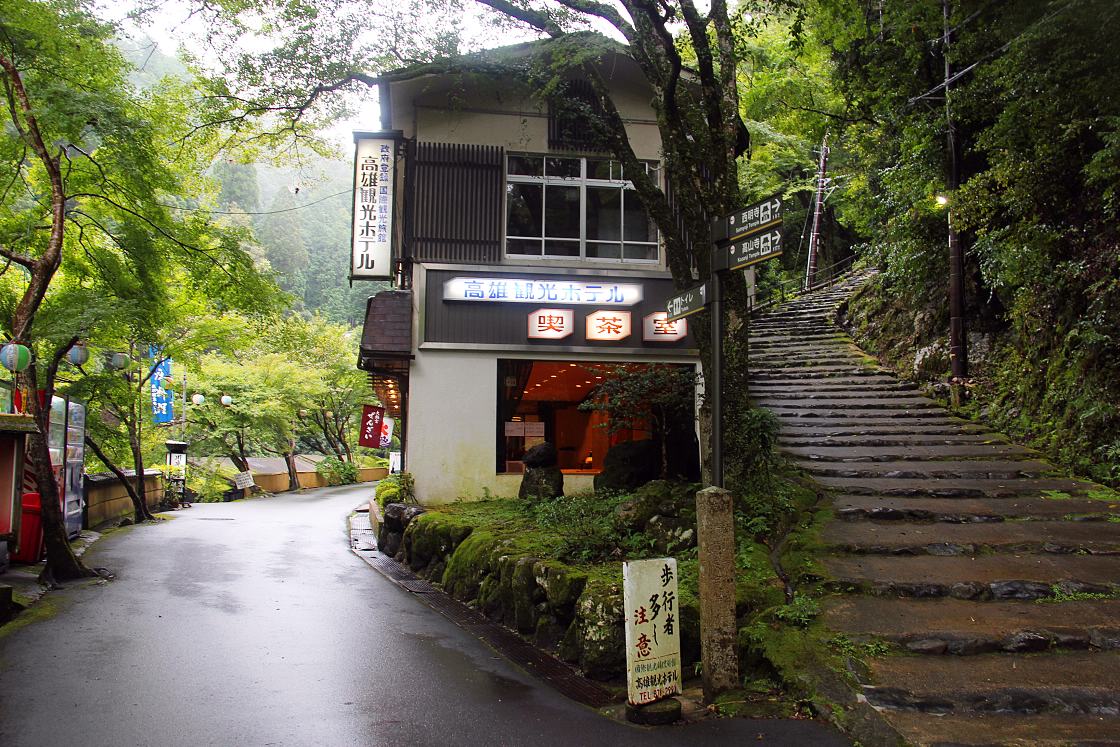
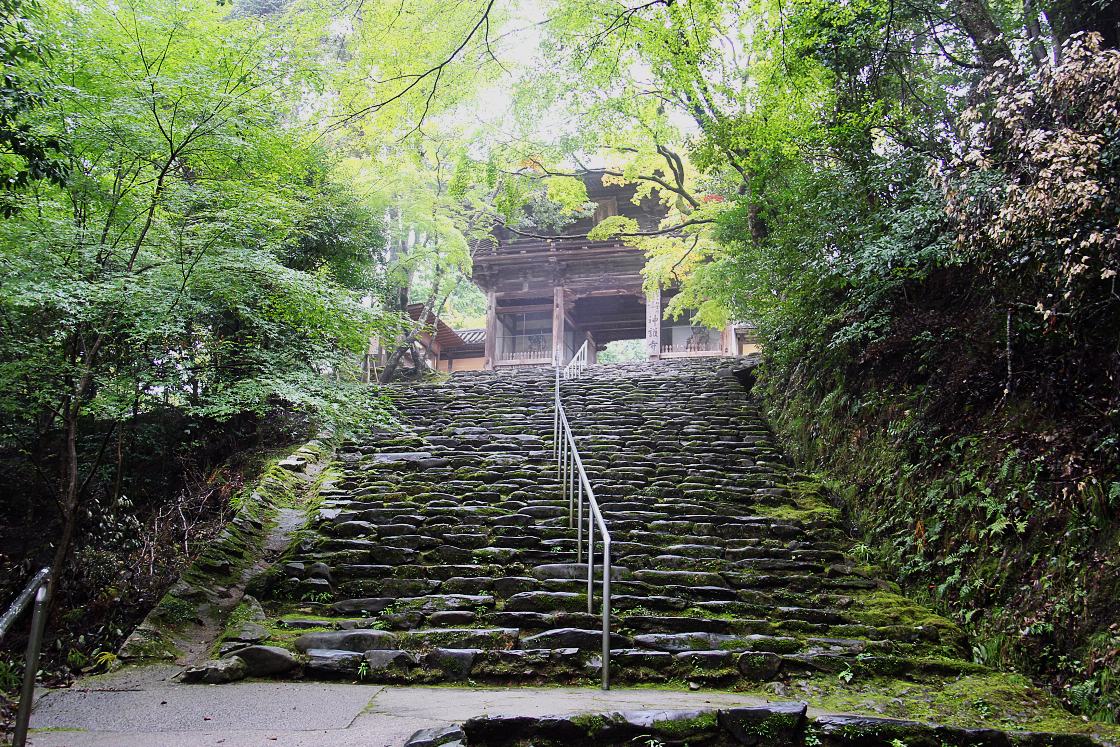

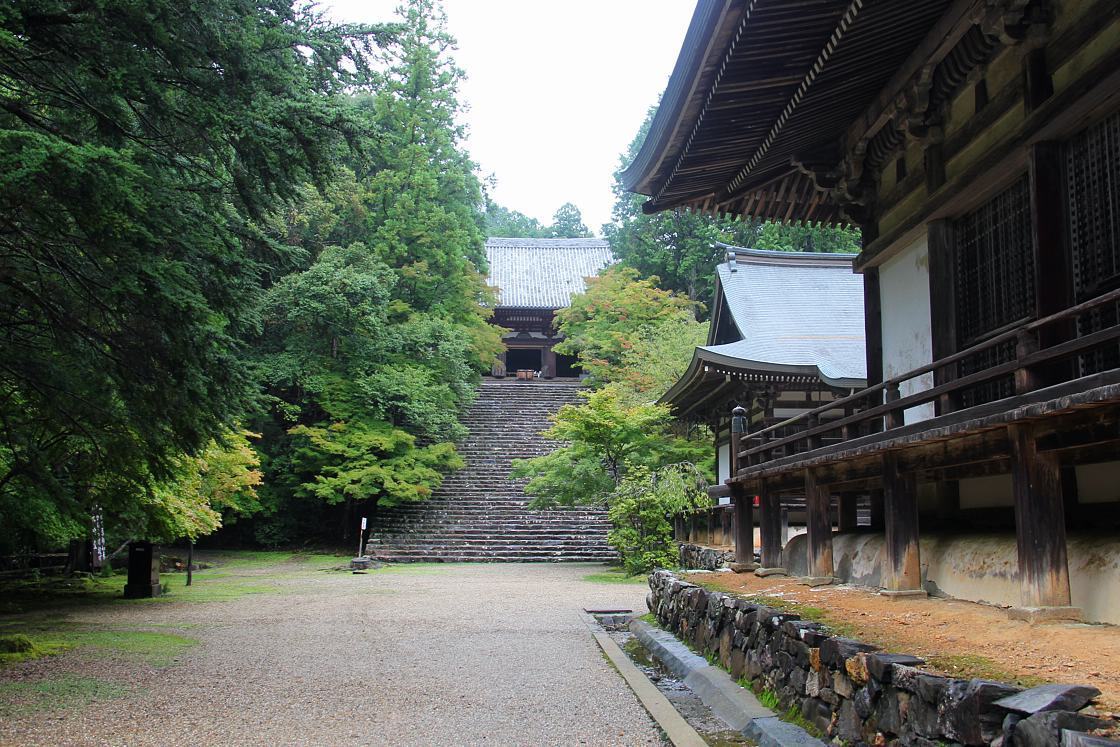
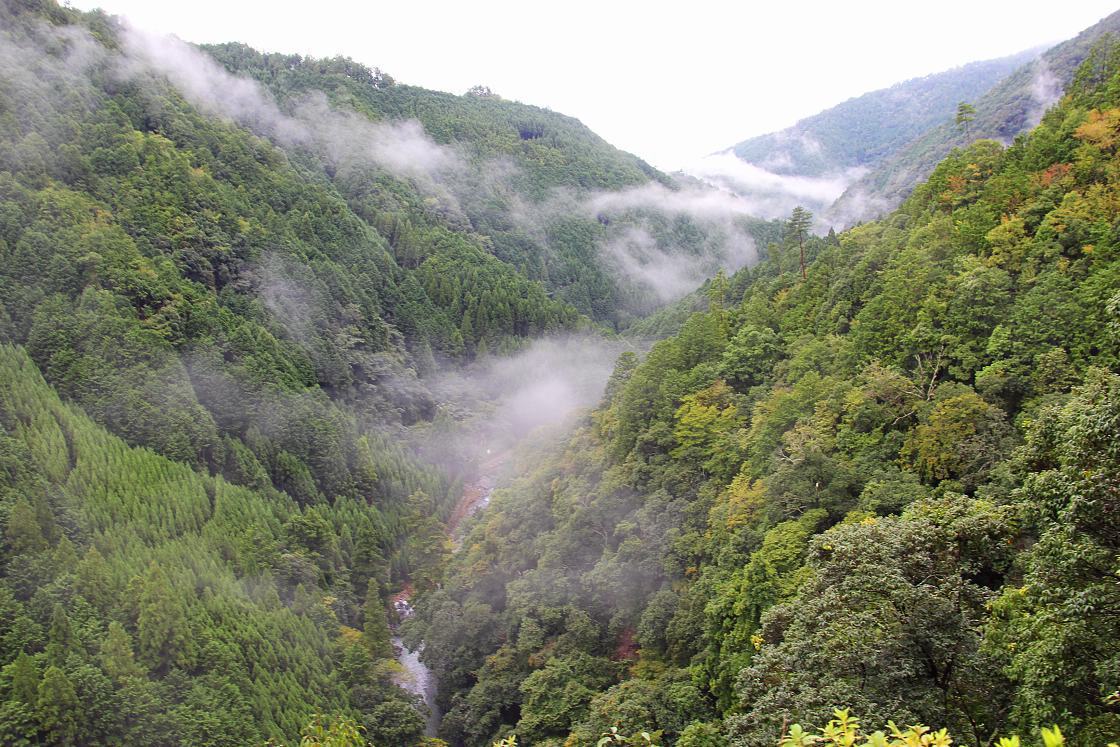

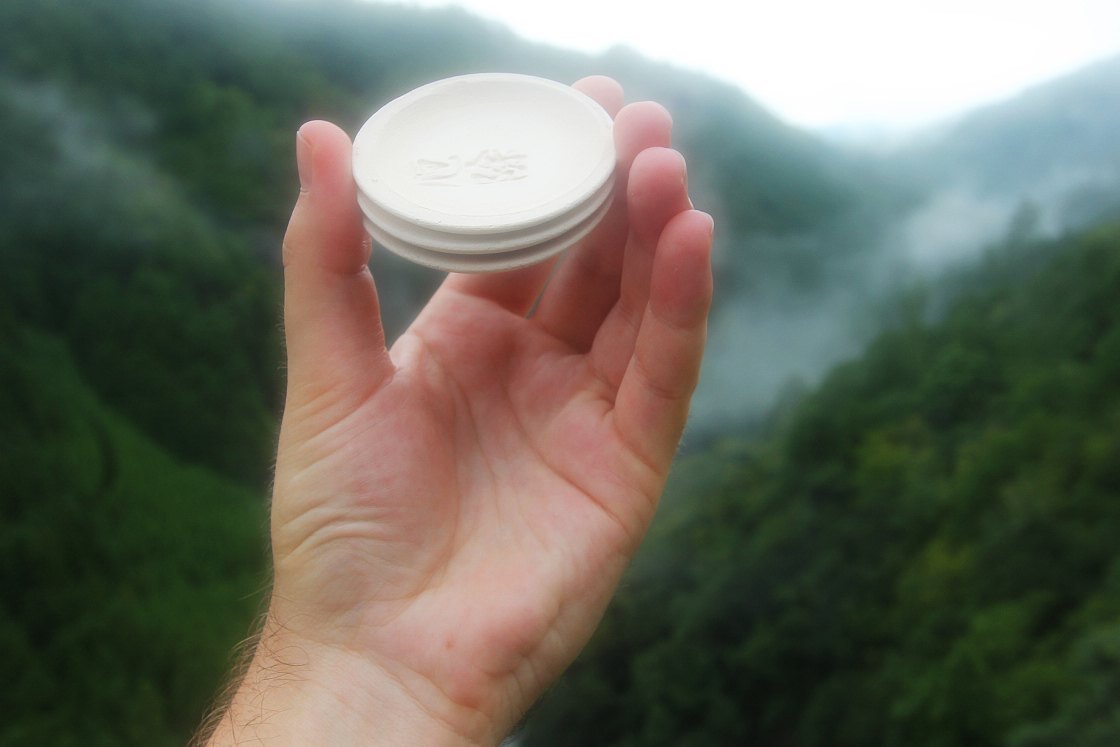
After my fun throwing discs, I made my way back down onto Takao's main street and up the other side of the small valley to arrive at the bus stop. From here I would board a bus to central Kyoto and transfer to the Hankyu Kyoto Line to return to Osaka. After a thoroughly enjoyable day experiencing nature and sacred sites, I was sad to see my time here come to an end.
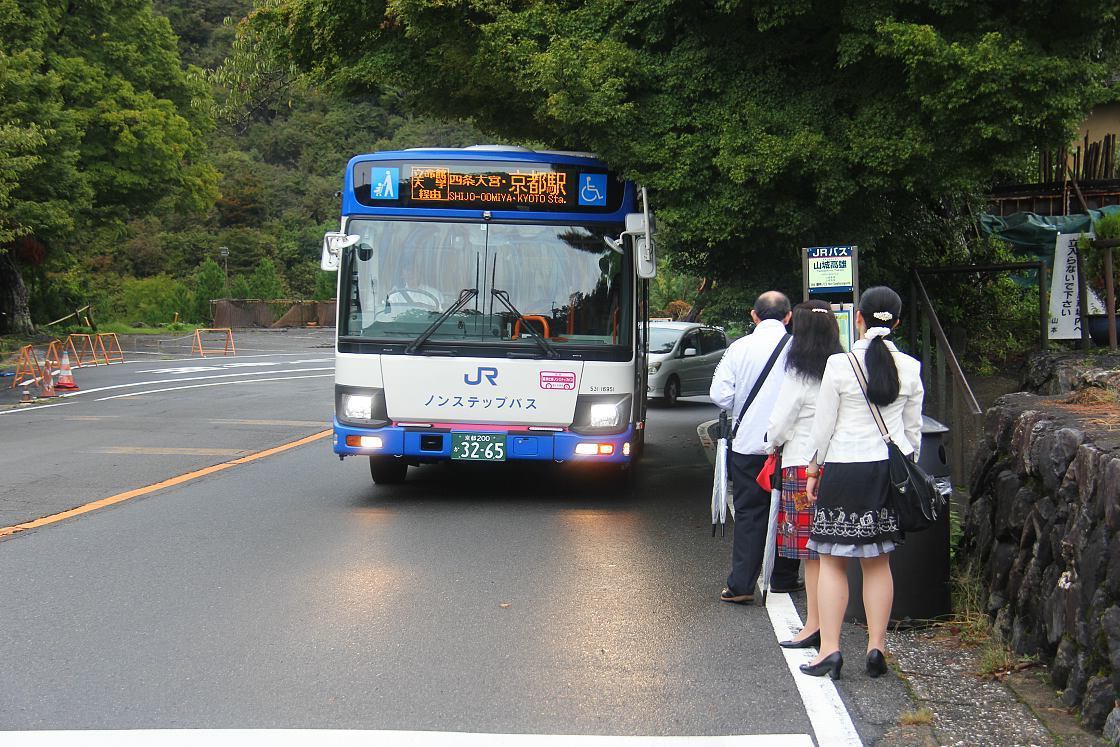
Access
From Umeda Station in central Osaka take a limited express on the Hankyu Kyoto Line to Katsura and then transfer to the Hankyu Arashiyama Line to Arashiyama. The entire journey takes around an hour and costs 400 yen one way.
The Hankyu Tourist Pass offers international tourists an economical way to travel on the extensive network of Hankyu Railway which connects Osaka not only with Kyoto, but also with Kobe, Takarazuka and other destinations in the Kansai Region. The pass is available as a 1-day version for 700 yen or a 2-day version for 1200 yen and allows for unlimited rides on the entire Hankyu network.
